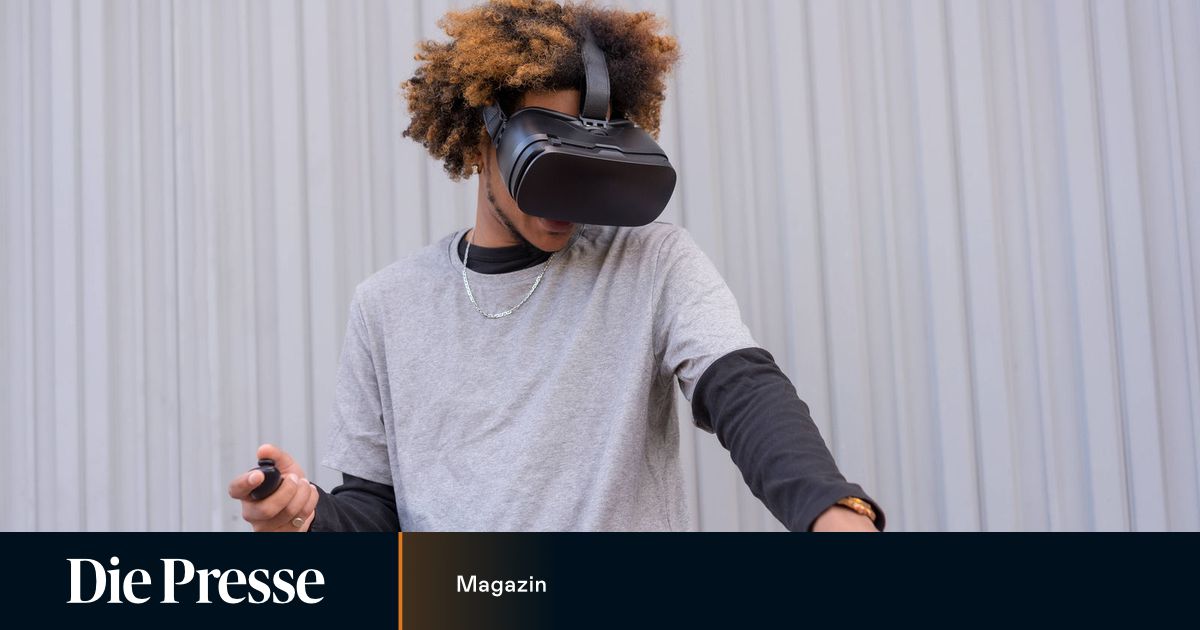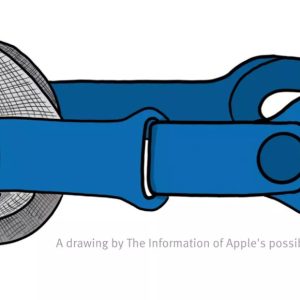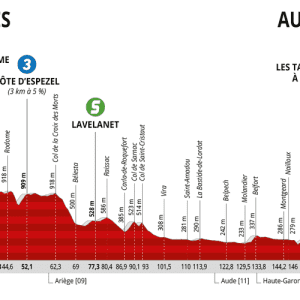How appropriate are computer-generated 3D worlds for training social skills? In a research project, potential users participate in the development of the latest learning technologies.
Mira Horvath’s body language reveals a lot: When she enters her boss’s office, she looks visibly nervous. She should urgently discuss her meticulously prepared position paper with her manager before the next presentation. But as it turned out, the manager has not looked into the matter yet and still can’t find the time because of the meeting.
The anger can be read on the employees’ faces and the disappointment in their short farewell. The fact that negative vibrations can be felt is just amazing because the whole scene takes place not in a real place, but in an artificial space – a computer-generated 3D office with the fictional character Mira Horvath as an interaction partner. Test subjects can immerse themselves in this virtual reality (VR) using virtual reality glasses as part of the “Virtual Skills Lab” research project. You take on the role of manager and rehearse an interactive conversation with Mira to solve a difficult communication situation. Hypothetical scenarios like this – used as an educational technology – can help people further develop their social skills, such as empathy or teamwork.
Passion promotes “indulgence”
The effectiveness of virtual reality goggles in comparison with other methods (eg role-playing, cross-app training modules or visualizations with Lego blocks) has been validated since 2019 at the Virtual Skills Lab in Vienna, with the support of the FFG research promotion agency.
Through many trials and evaluations, a scenario prototype was developed, which was initially designed for managers. As a result, applications to other target groups could also be envisaged, says Klaus Nondlinger, president of the five-institution consortium. It was important for project partners to include future users in development and evaluation. “We took a participatory approach from the start,” says Nondlinger. The goal of the project is to achieve a highly emotional learning experience, with a design that is as immersive as possible, and which invites you to immerse yourself in it. This should encourage emotional reactions from the virtual partner.
The results of the evaluation confirm that interaction with the virtual figure affects the emotional experience of the user. Ethics and diversity are also given special attention in the project. For example, the character of Mira Horvath refers to a particular class of workers by her appearance and name, says sociologist Julia Schmid. “This is a woman around 35 years old with an immigrant background. Technically implementing this is often a matter of nuance.” Criteria such as gender also played a role in the assessment, explains Schmid, who is working on the project by the Institute for Advanced Studies (IHS). Other partners are the private Karl Landsteiner University, the Austrian Institute of Technology (AIT), software developer Polycular and the consulting and research firm’s Institute for Cultural Excellence.
One of the researchers’ findings, which has now been confirmed, is the need for unaccompanied VR exercises to not be conducted. “Virtual reality needs people for this, and that’s clear now,” Schmid says. With this in mind, one should and can also clear the concerns of many people regarding the use of such techniques. There will be no automation or rationalization if we do not allow it. And that’s why it’s so important to have the scientific discussion about this with civil society — with the people who are using these technologies.”

“Certified gamer. Problem solver. Internet enthusiast. Twitter scholar. Infuriatingly humble alcohol geek. Tv guru.”





